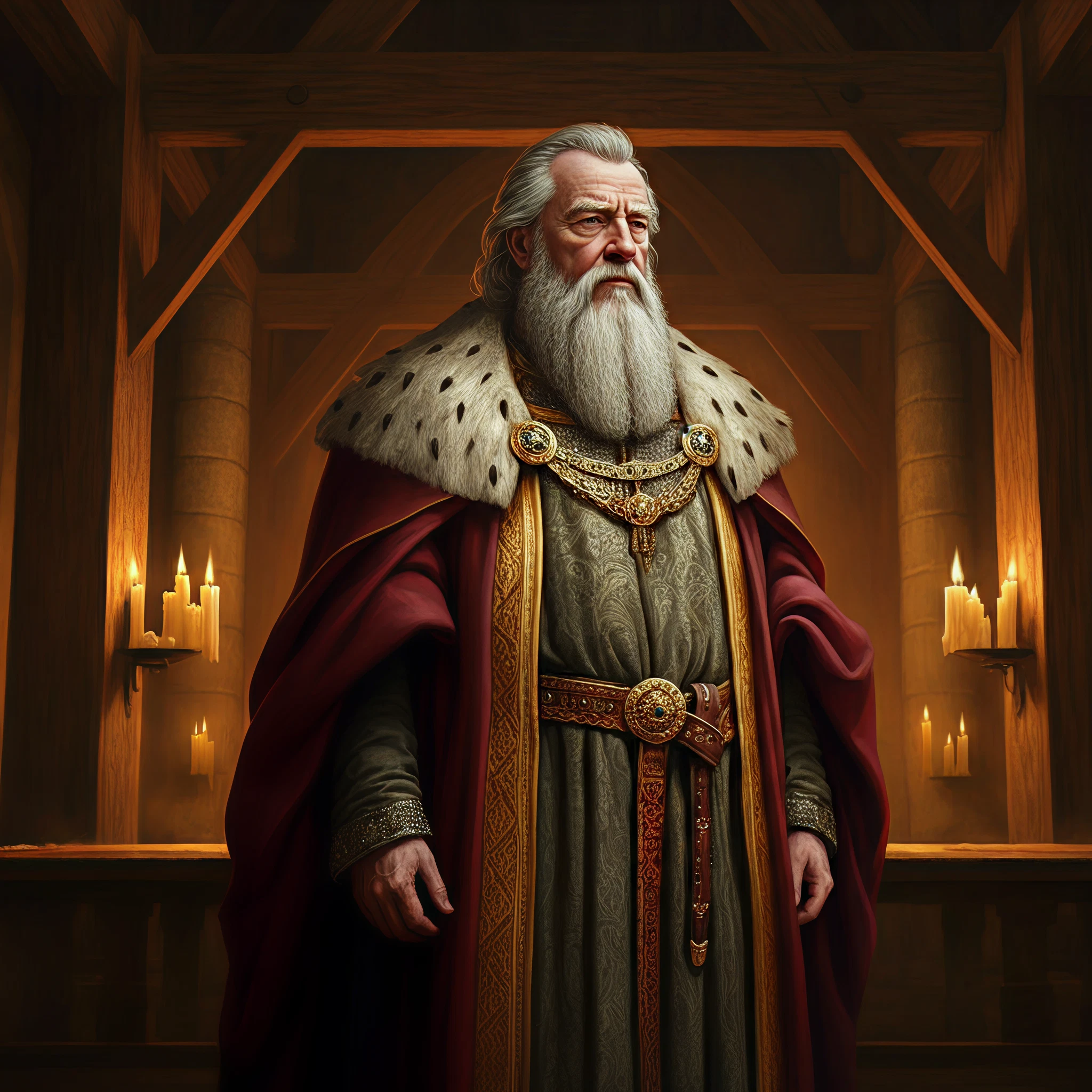The term “ealdorman” is derived from Old English, where “eald” means “old” or “wise,” and “mann” translates to “man.” Together, it referred to a “wise man” or “elder statesman” who held a position of authority in Anglo-Saxon England. Serving as a precursor to modern titles like “earl” or “governor,” the ealdorman was a pivotal figure in the governance structure of early medieval England.
Roles and Responsibilities of an Ealdorman
Ealdormen were appointed by the king and held authority over a specific region, known as a shire or province. Their duties included:
- Governance: Acting as the king’s representative, they managed local administration and ensured royal decrees were executed.
- Military Leadership: They led the shire’s fyrd (militia) during times of war, commanding the king’s forces on the battlefield.
- Judiciary Role: Presiding over local courts, they resolved disputes and administered justice within their jurisdiction.
- Tax Collection: Ealdormen were responsible for collecting taxes and tributes from the people, ensuring the economic stability of the kingdom.
Their multifaceted role meant they wielded significant influence, often acting as intermediaries between the king and the local population.
Significance in Anglo-Saxon Society
Ealdormen played a critical role in maintaining the stability and functionality of the Anglo-Saxon kingdom. They were the linchpin for implementing the king’s policies and maintaining order across vast territories. Their leadership in times of war was instrumental in defending the kingdom from external threats, such as Viking invasions.
Beyond their administrative duties, ealdormen were often instrumental in the cultural and socio-political landscape of the time. Their decisions could influence trade, agriculture, and even religious practices within their regions.
Notable Ealdormen in History
- Æthelred Mucel: A prominent ealdorman of the Gaini tribe, he was the father-in-law of King Alfred the Great. His influence extended beyond governance, shaping alliances that fortified the kingdom.
- Byrhtnoth of Essex: He famously led the English forces during the Battle of Maldon (991 AD), valiantly fighting against Viking invaders.
- Leofric of Mercia: Known for his charitable deeds, including the foundation of monasteries, and as the husband of the legendary Lady Godiva.
These individuals highlight the diverse roles ealdormen played—not just as political and military leaders but also as cultural and religious figures.
Cultural Impact and Modern References
The influence of ealdormen extends beyond the annals of history. They are frequently referenced in literature and modern media as symbols of leadership, wisdom, and duty. For instance:
- The game Assassin’s Creed Valhalla incorporates the concept of an ealdorman in its plotline, blending historical accuracy with engaging storytelling.
- Historical reenactments and literature continue to explore the lives of ealdormen, highlighting their significance in shaping medieval England.
Ealdormen also serve as a source of fascination for genealogy enthusiasts tracing their lineage back to Anglo-Saxon nobility, underscoring their continuing relevance and appeal.
The Legacy of the Ealdorman
Though the title of “ealdorman” eventually evolved into “earl” following the Norman Conquest, the framework they helped establish laid the foundation for modern systems of governance. Their legacy is a testament to their pivotal role in shaping early English history and their enduring influence on how we perceive leadership and governance today.
Learn More About Anglo-Saxon History
Interested in exploring the intricate history of Anglo-Saxon England? Delve deeper into the lives of ealdormen and their impact with our expert-guided resources.








